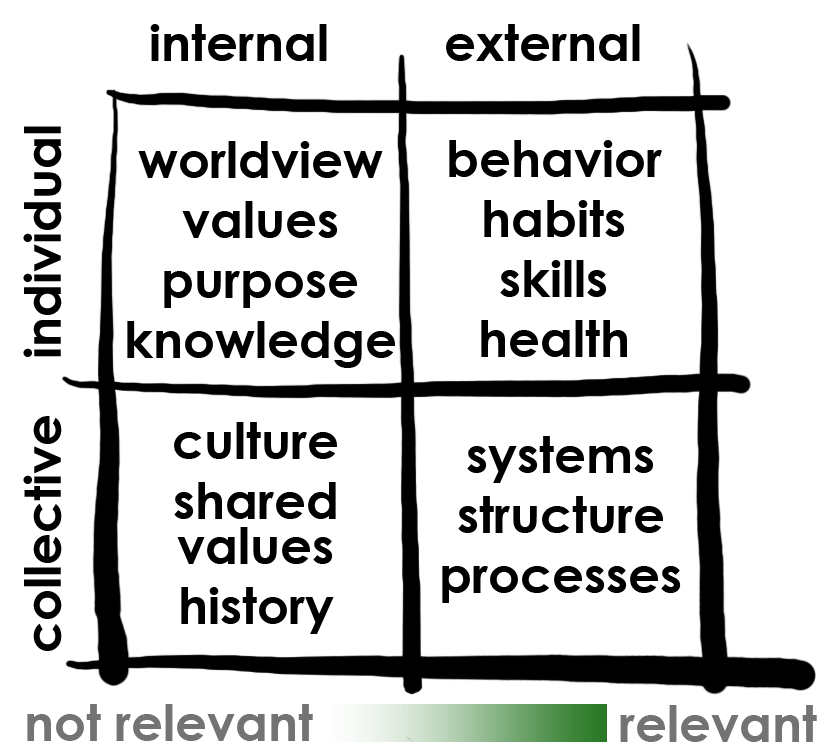Introducing Non-Violent Communication
What is Introducing Non-Violent Communication about ?
Non-violent communication (NVC) is a means of understanding ourselves and each other, in which we recognise that all human beings share the same basic needs, and that every action we take is an attempt to get these needs met. It enables us to see our shared humanity, and to communicate across differences. It is essentially a practice to develop and deepen the capacity for empathy.
Empathy is foundational for listening and speaking compassionately. We need to genuinely understand others for their actions, underlying needs and their feelings, if we expect them to hear us express ourselves. We aim to focus on what will connect, and choose to act on that, rather than the tempting ways we’d like to react - the disconnecting ways that we’re conditioned to. Much of our conditioning is similar, or, if not similar, can at least be understood. Empathy is the way to overcome our judgements and conditioning by understanding how it must be to feel the way another feels, to realise which of these shared needs they were trying to meet when they acted accordingly. It is a skill that we can strengthen by practicing and understanding it better - leading to a more insightful, empathic understanding of ourselves, others and the cultures around us.





Audience
Is participant experience relevant for Introducing Non-Violent Communication ?


Audience description for Introducing Non-Violent Communication
Despite what the title may suggest, NVC is not aimed at enticing ‘violent’ communicators to improve their ways. It is actually a language for listening in everyday life, as much as for verbal communication. No particular demographic is the target group; if you have been influenced by societal ways of communicating with one another then you’re bound to experience some unexpected difficulty in human to human interactions, and especially in conflicts. NVC is a lens to illuminate some of the deeper forms of communication happening underneath the difficult language we hear, and say to ourselves, on the surface.
Requirements
Run Through
Familiarise yourself with the infographics available here, and consider using the slideshow provided in the materials section of this page. You could alternatively illustrate the same information on flipchart paper. Having visual cues for intellectual and emotional learning really helps participants ground the basic categories of foundational NVC as distinct from each other.
Print enough feelings and needs lists for everyone in the audience.
Online
Yes, the above pictures were designed to be slides, and instead of using flipchart paper you can either use an online whiteboard or post into the chat of a video conferencing platform.
Instead of giving out physical lists, send the needs and feelings lists in the chat and then make sure to email the participants the lists again afterwards so they have them and can print them if they wish.
It is useful for participants to see everything visually again. So sharing the slides with participants can be a good way to harvest from the session.
Material for
Flipchart paper and markers or the above pictures as slides. Feelings and Needs lists.

project

ERASMUS +
Co-funded by the Erasmus+ Program of the European Union. Find more information about the program and its goals here: https://erasmus-plus.ec.europa.eu/.
Views and opinions expressed are however those of the author(s) only and do not necessarily reflect those of the European Union or the European Education and Culture Executive Agency (EACEA). Neither the European Union nor EACEA can be held responsible for them.

Creative Commons license:
CC-BY-SA You are free to distribute, remix, adapt, and build upon the material in any medium or format, even for commercial purposes with mention of the source: Transformation Hosts International, www. hostingtransformation.eu. If you remix, adapt, or build upon the material, you must license the modified material under identical terms.



